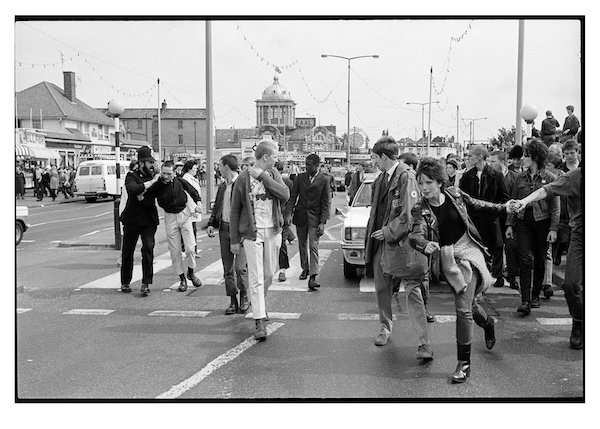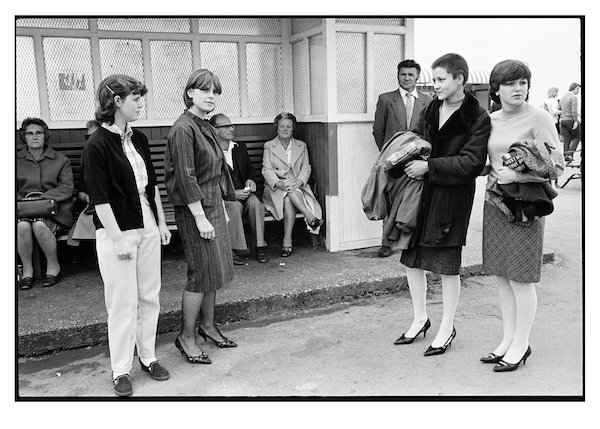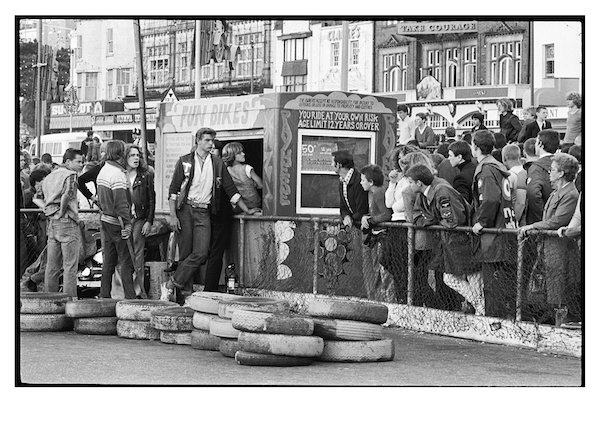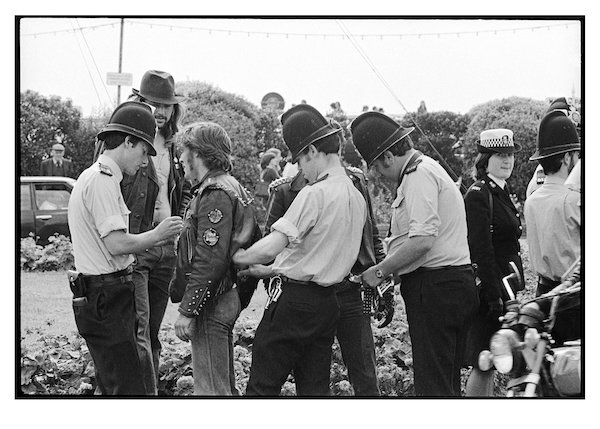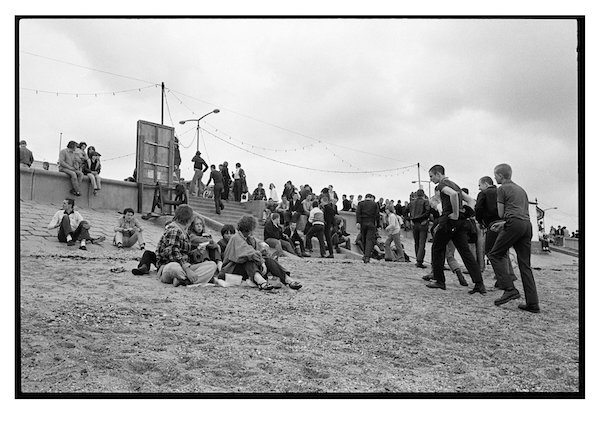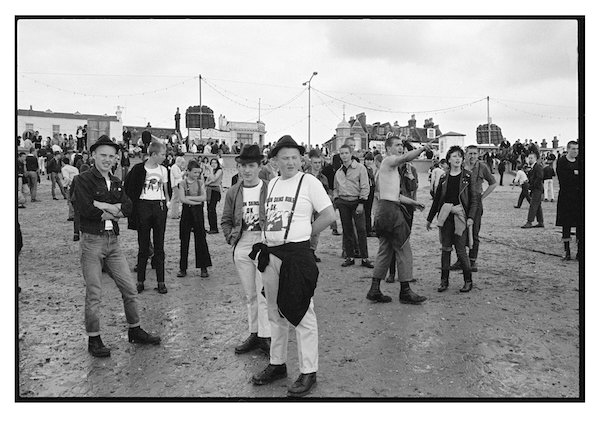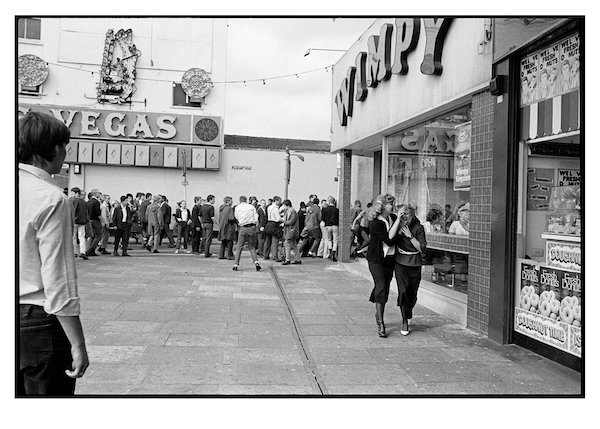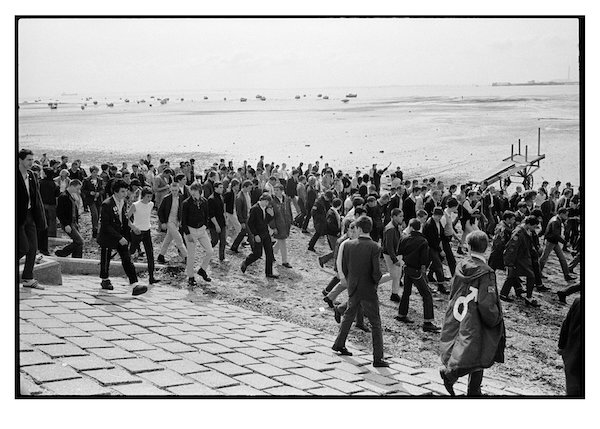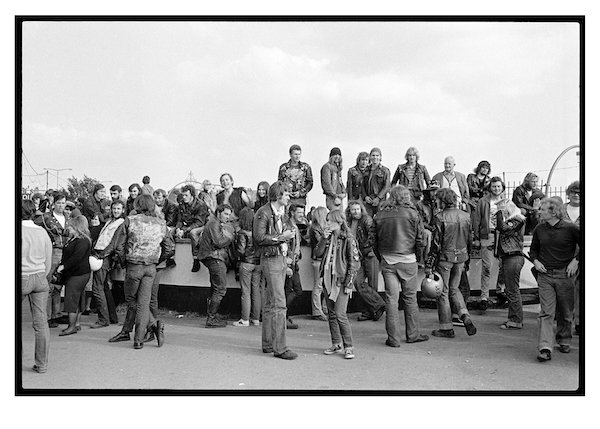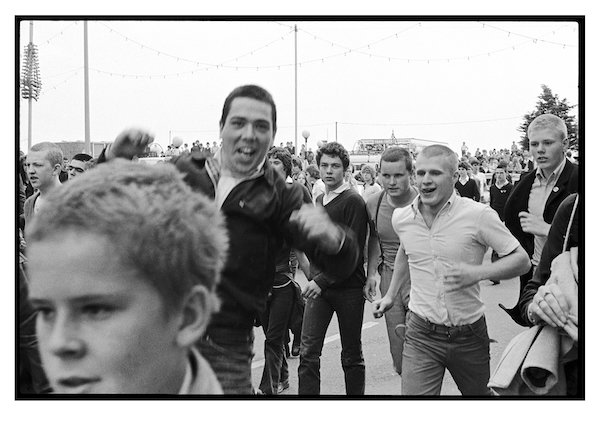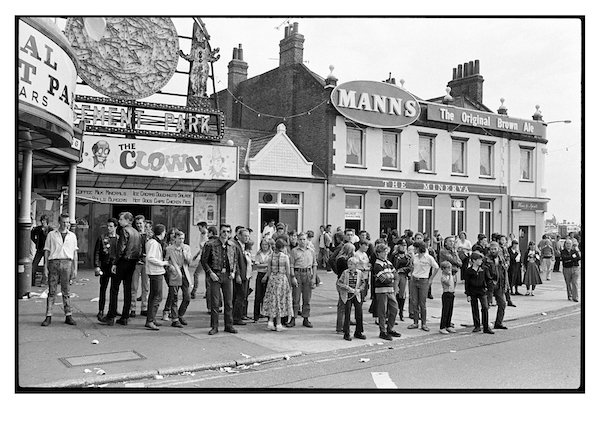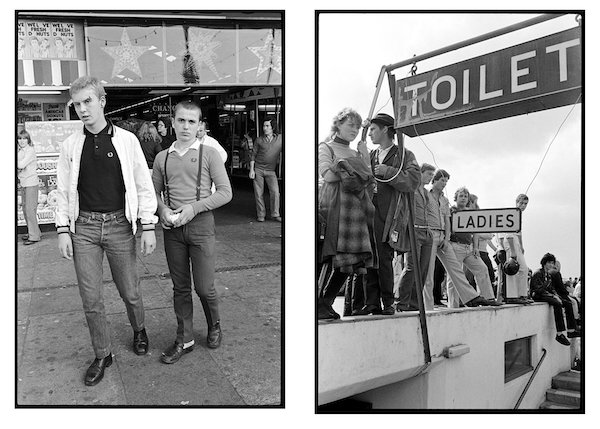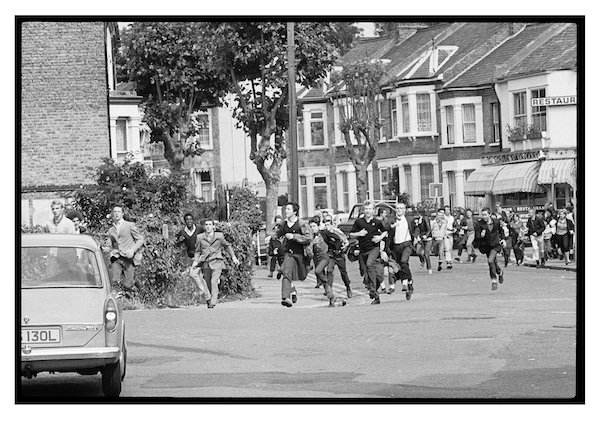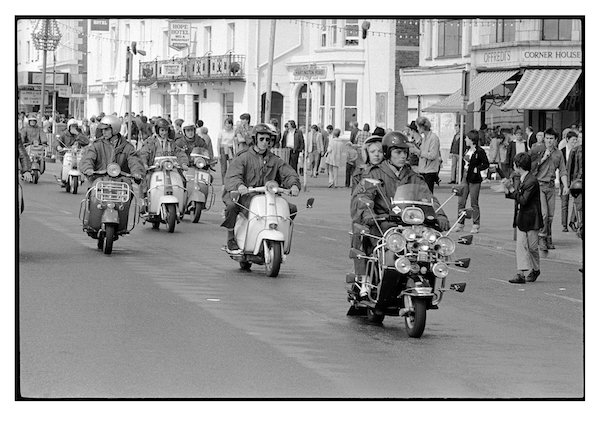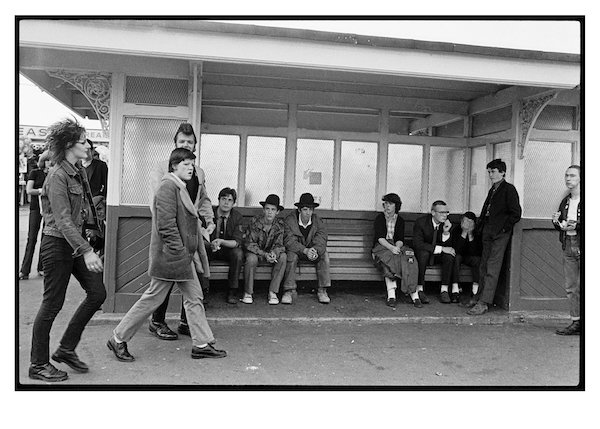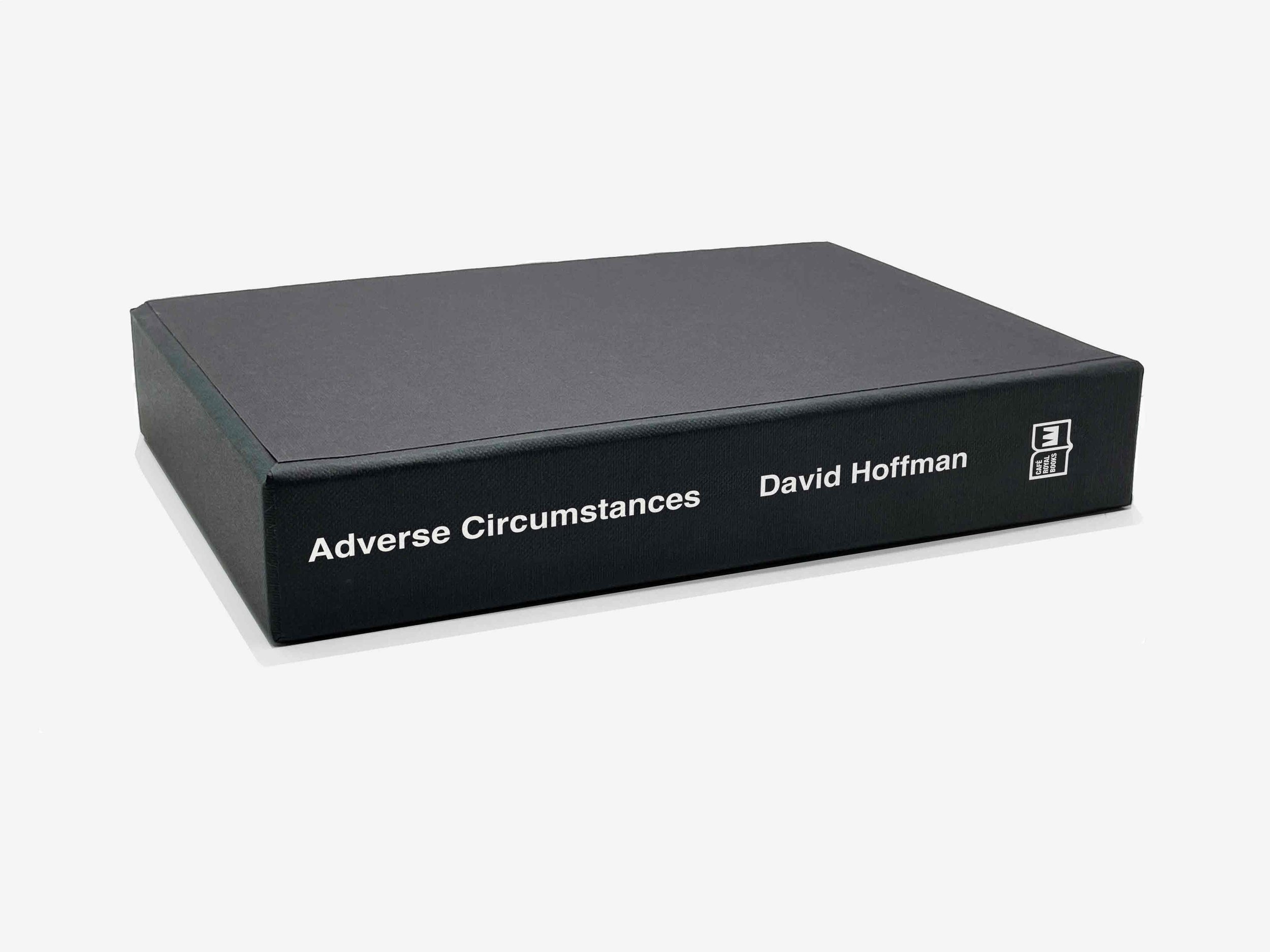 Image 1 of 14
Image 1 of 14

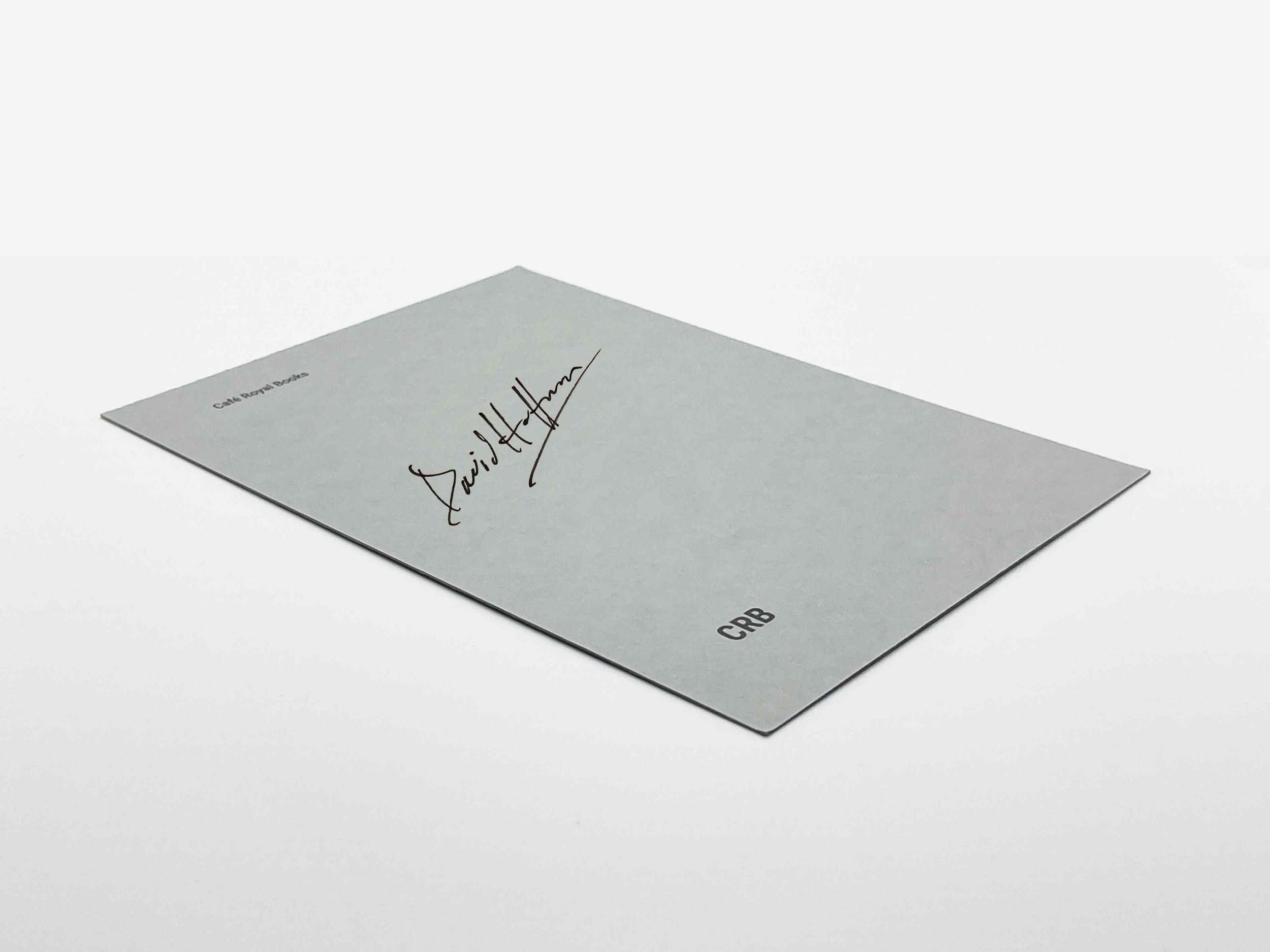 Image 2 of 14
Image 2 of 14

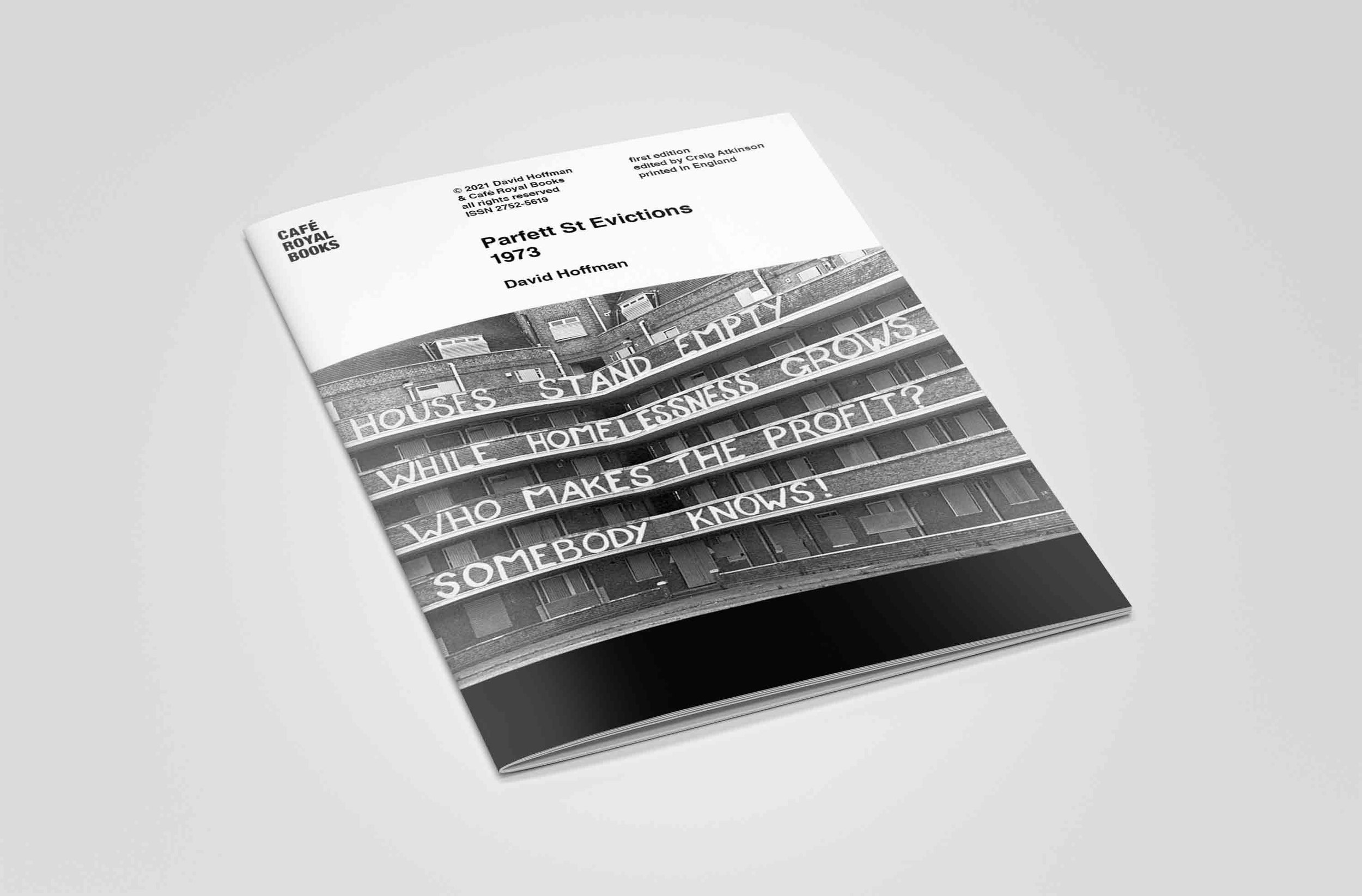 Image 3 of 14
Image 3 of 14

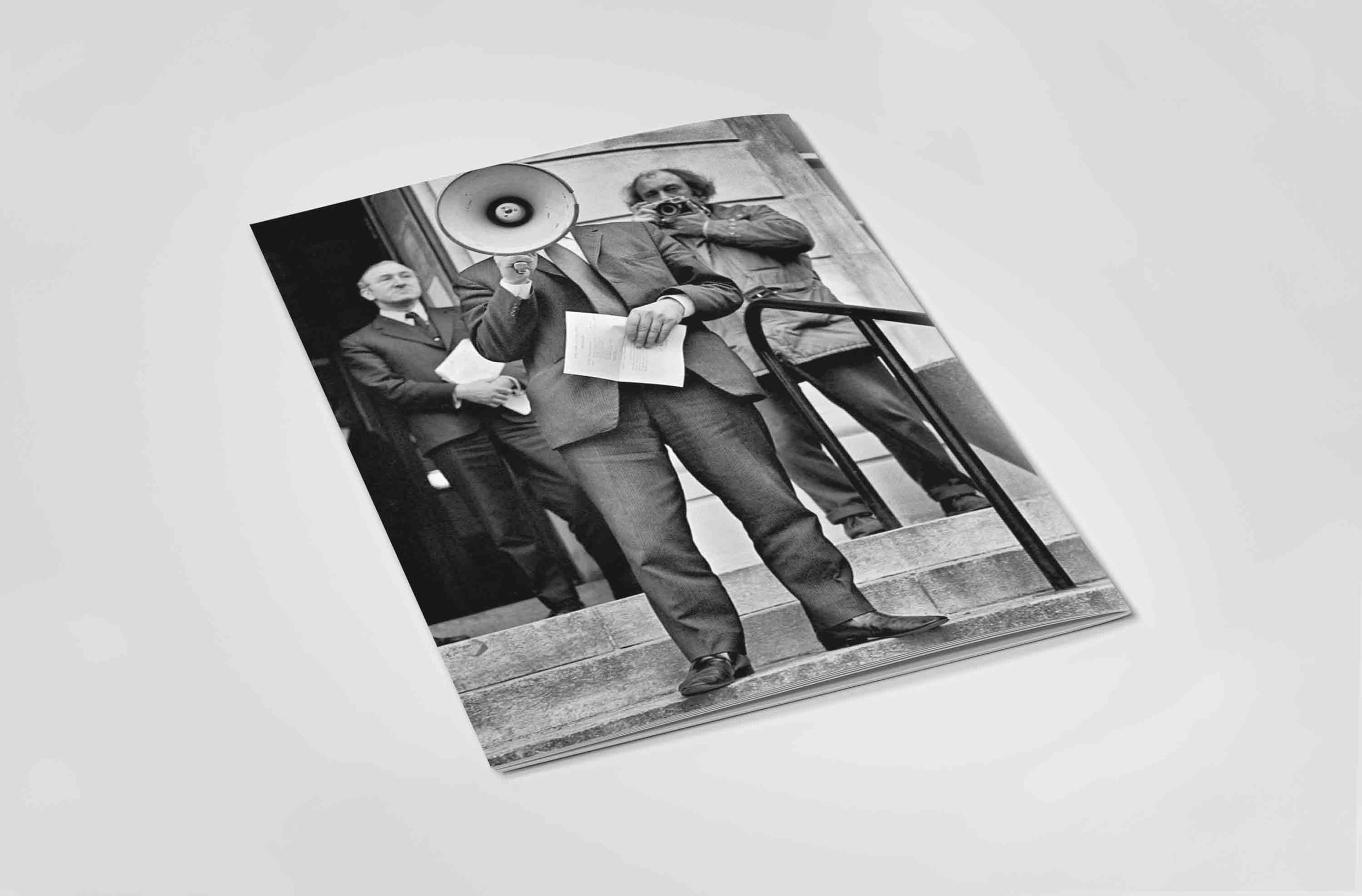 Image 4 of 14
Image 4 of 14

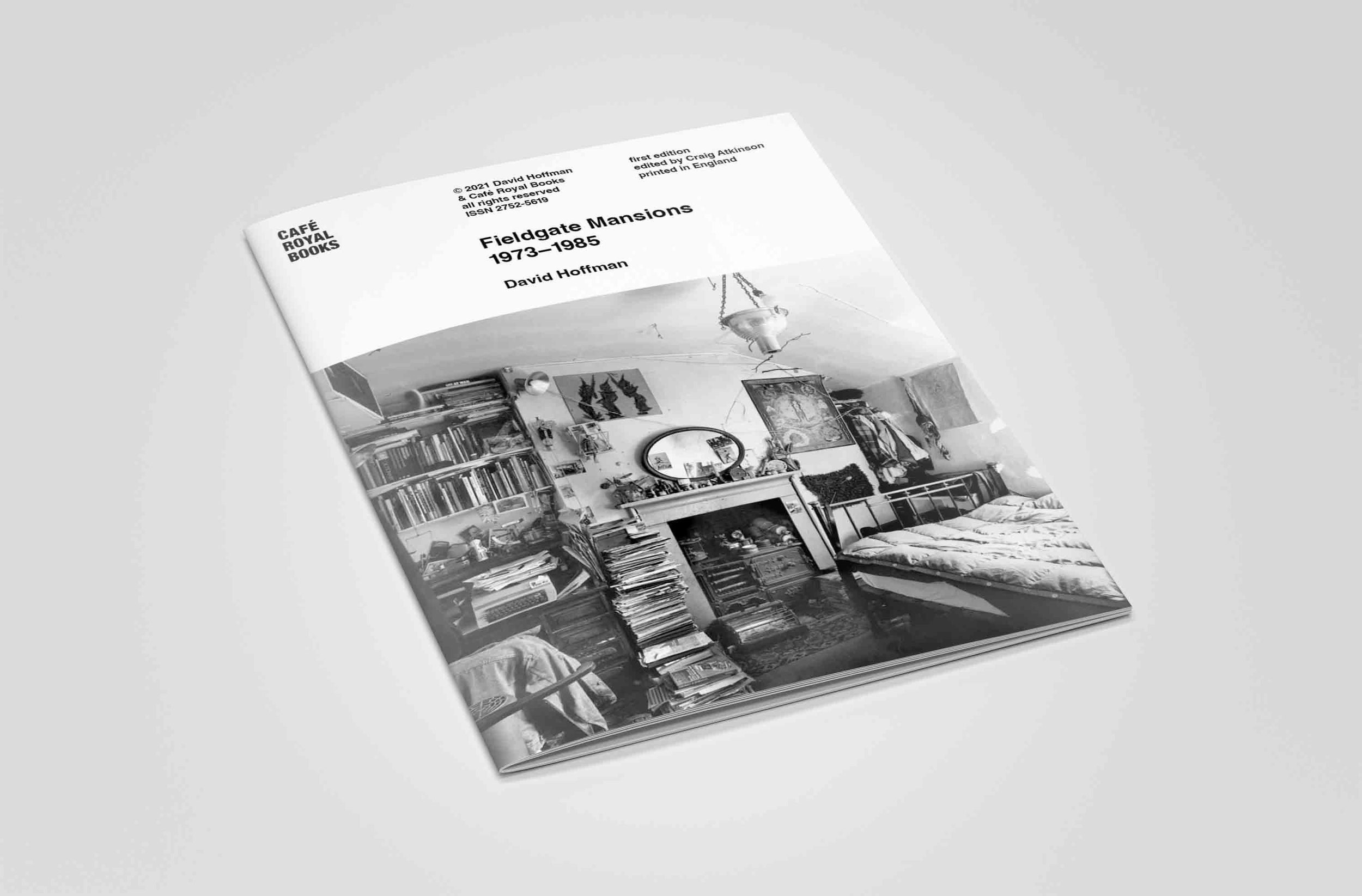 Image 5 of 14
Image 5 of 14

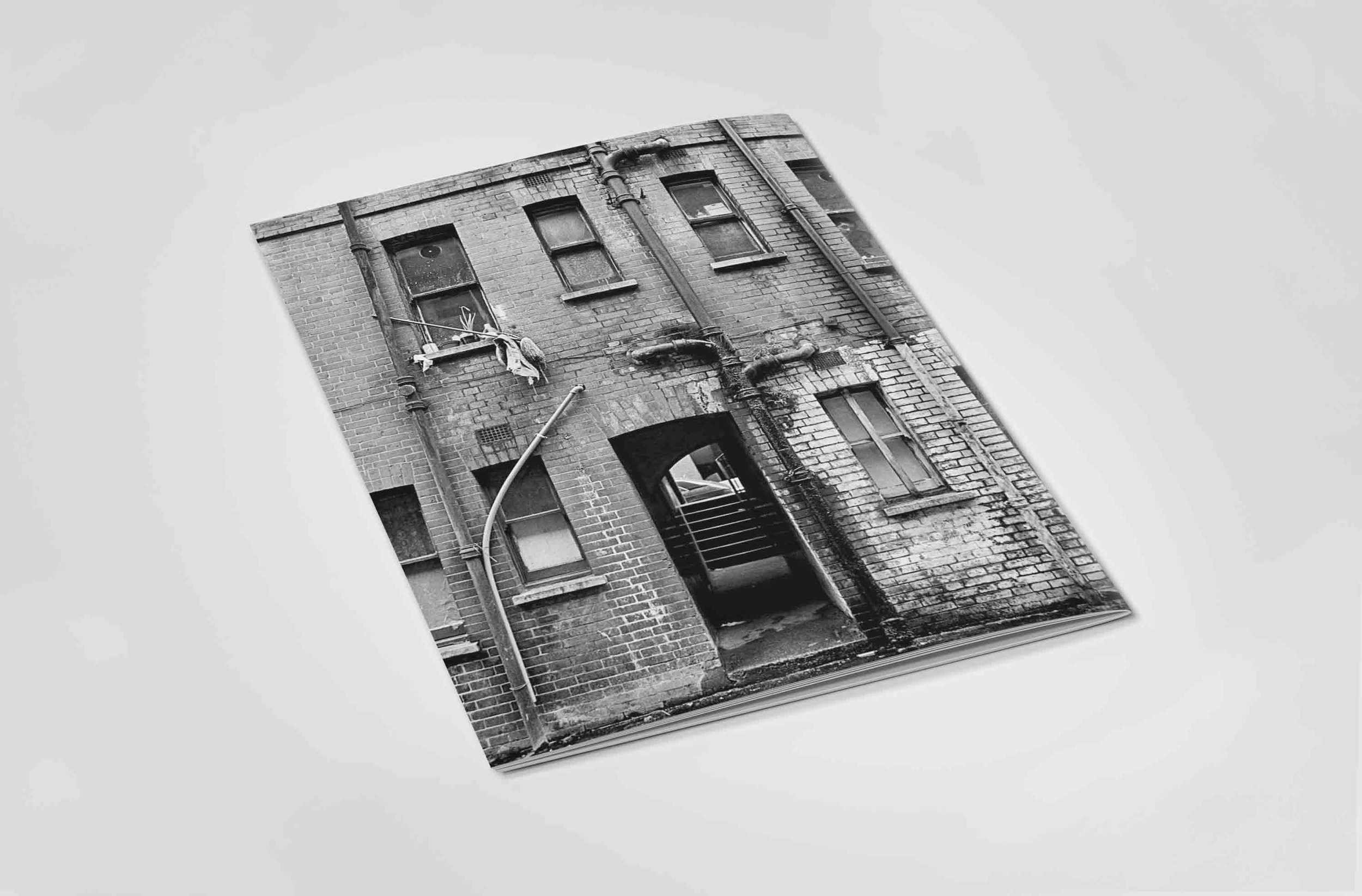 Image 6 of 14
Image 6 of 14

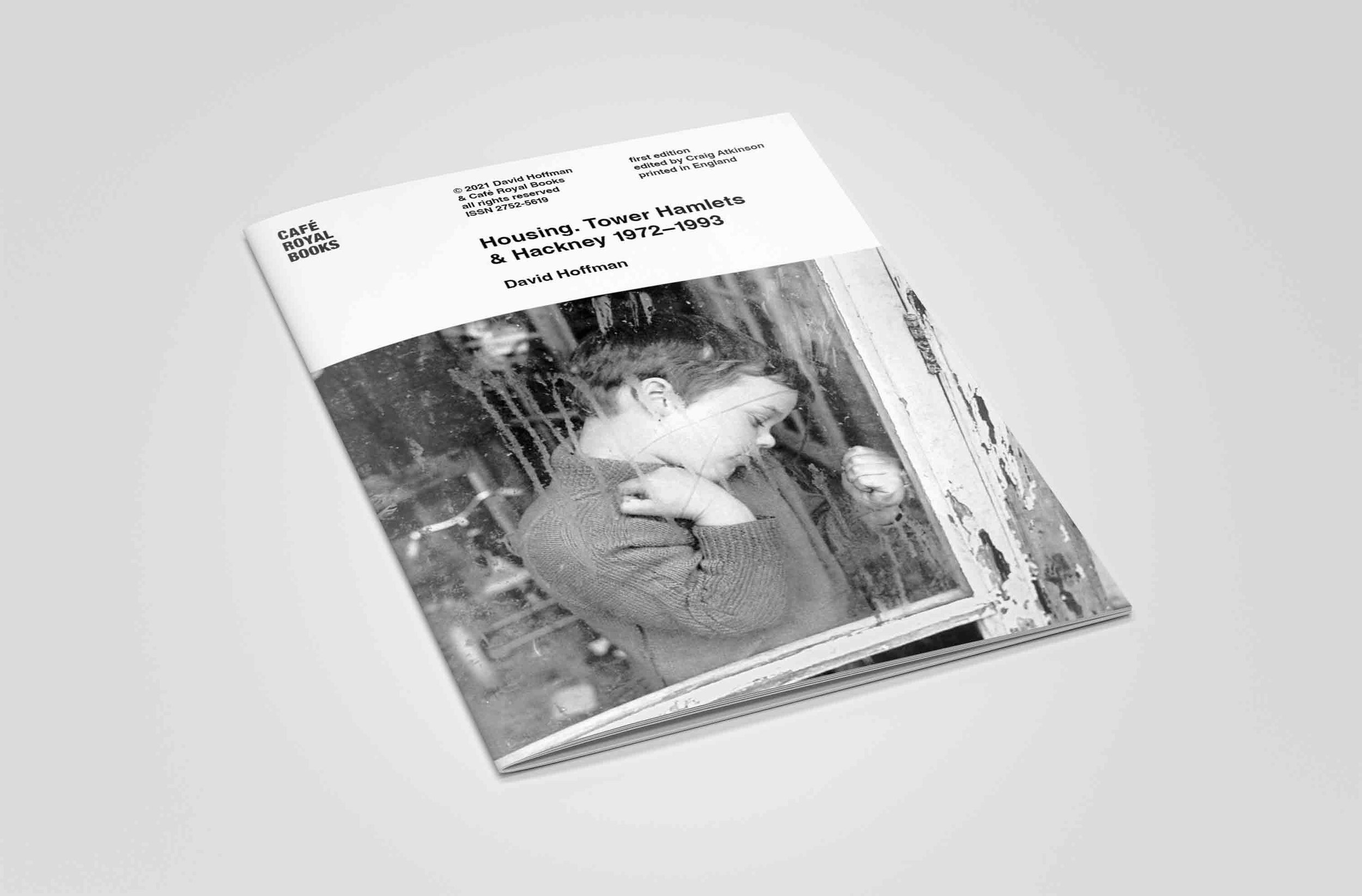 Image 7 of 14
Image 7 of 14

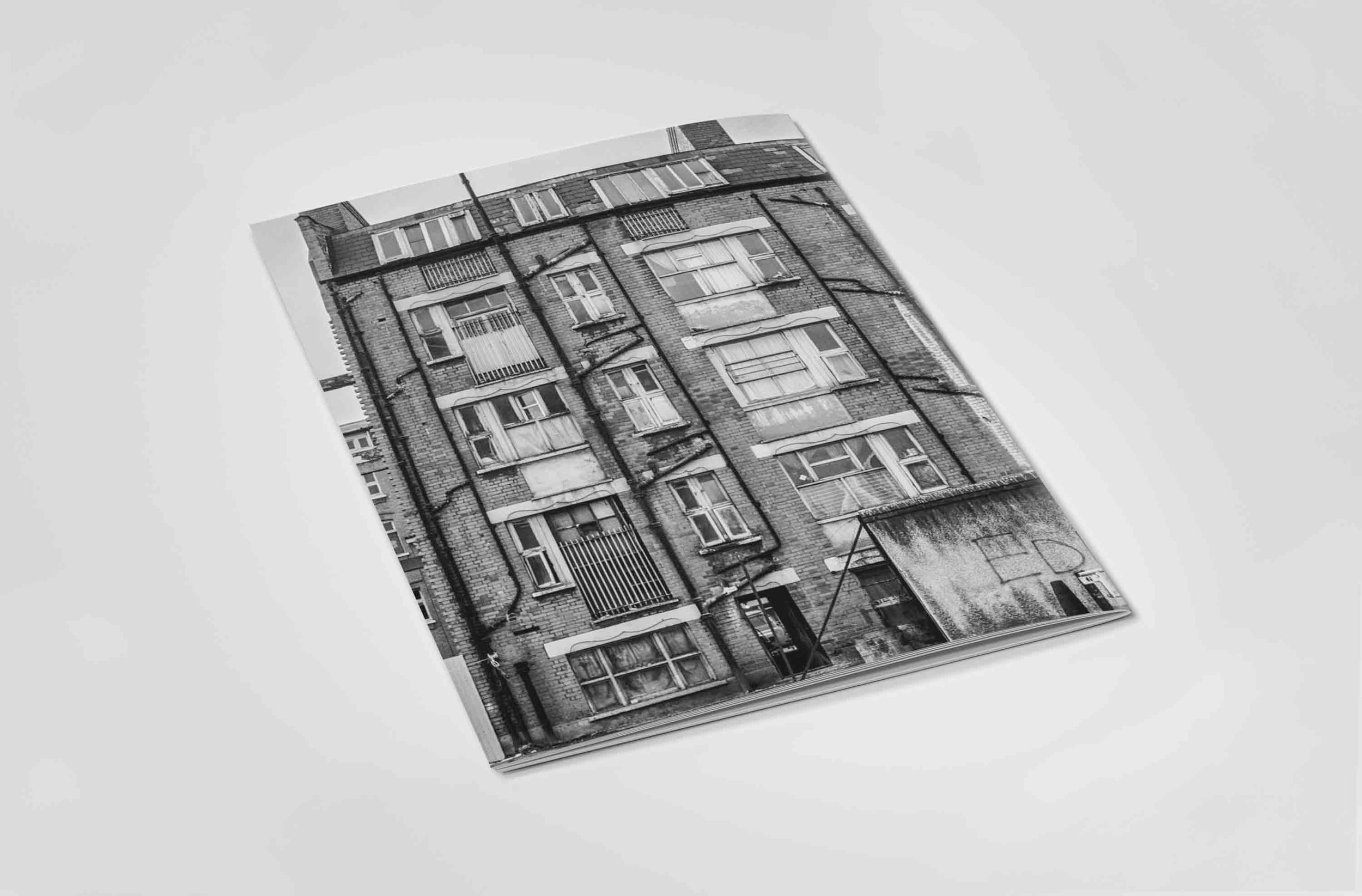 Image 8 of 14
Image 8 of 14

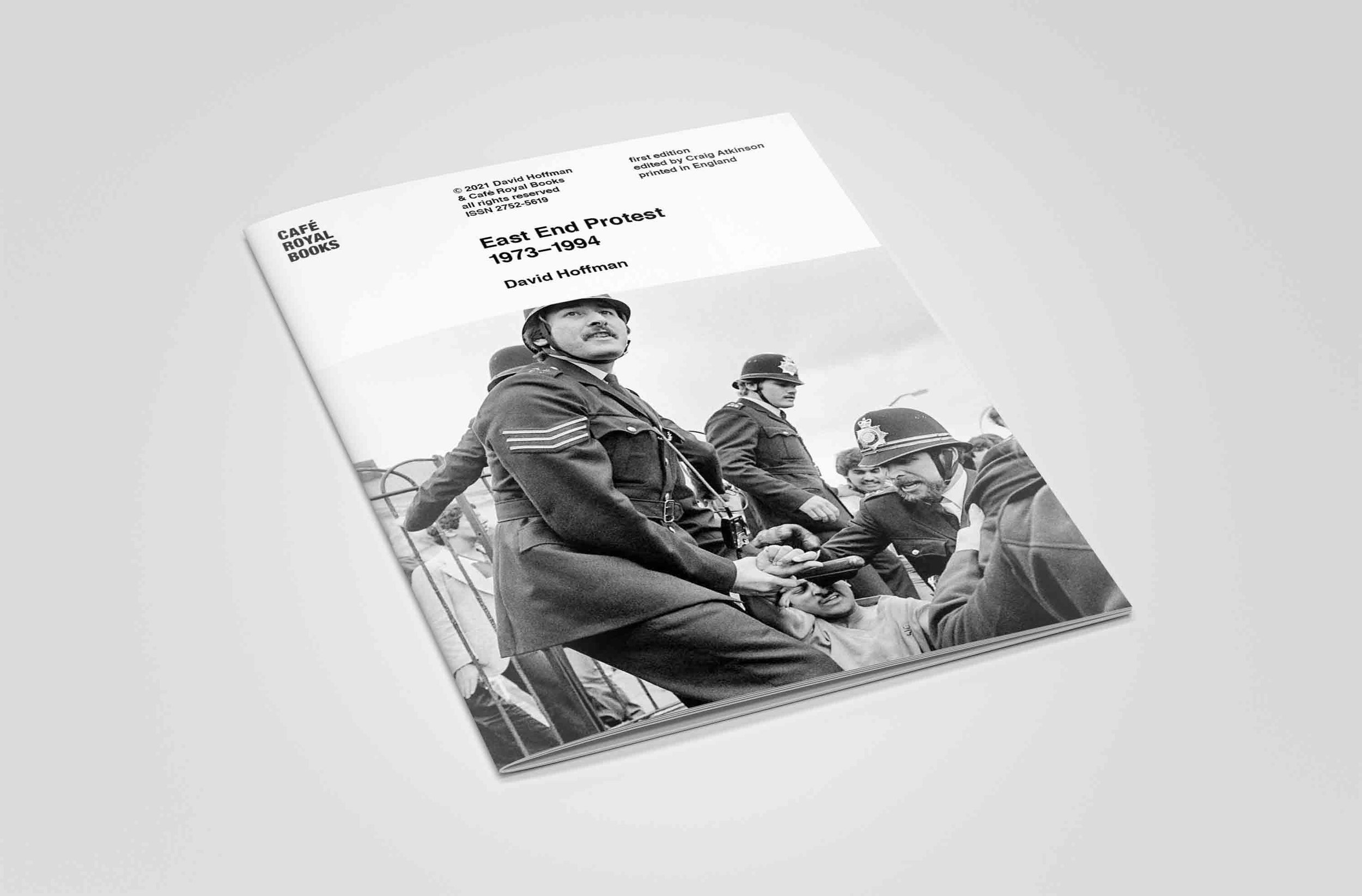 Image 9 of 14
Image 9 of 14

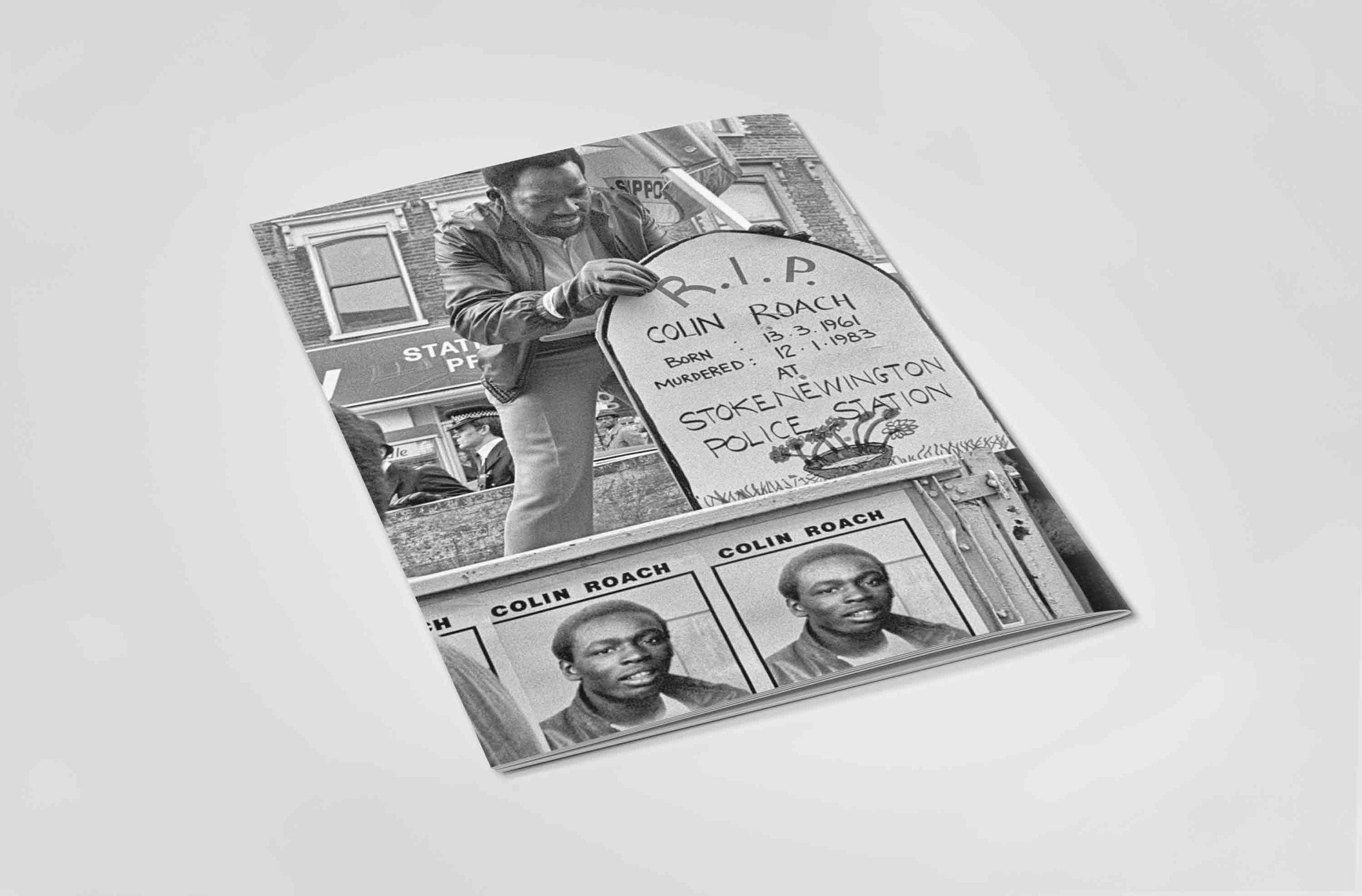 Image 10 of 14
Image 10 of 14

 Image 11 of 14
Image 11 of 14

 Image 12 of 14
Image 12 of 14

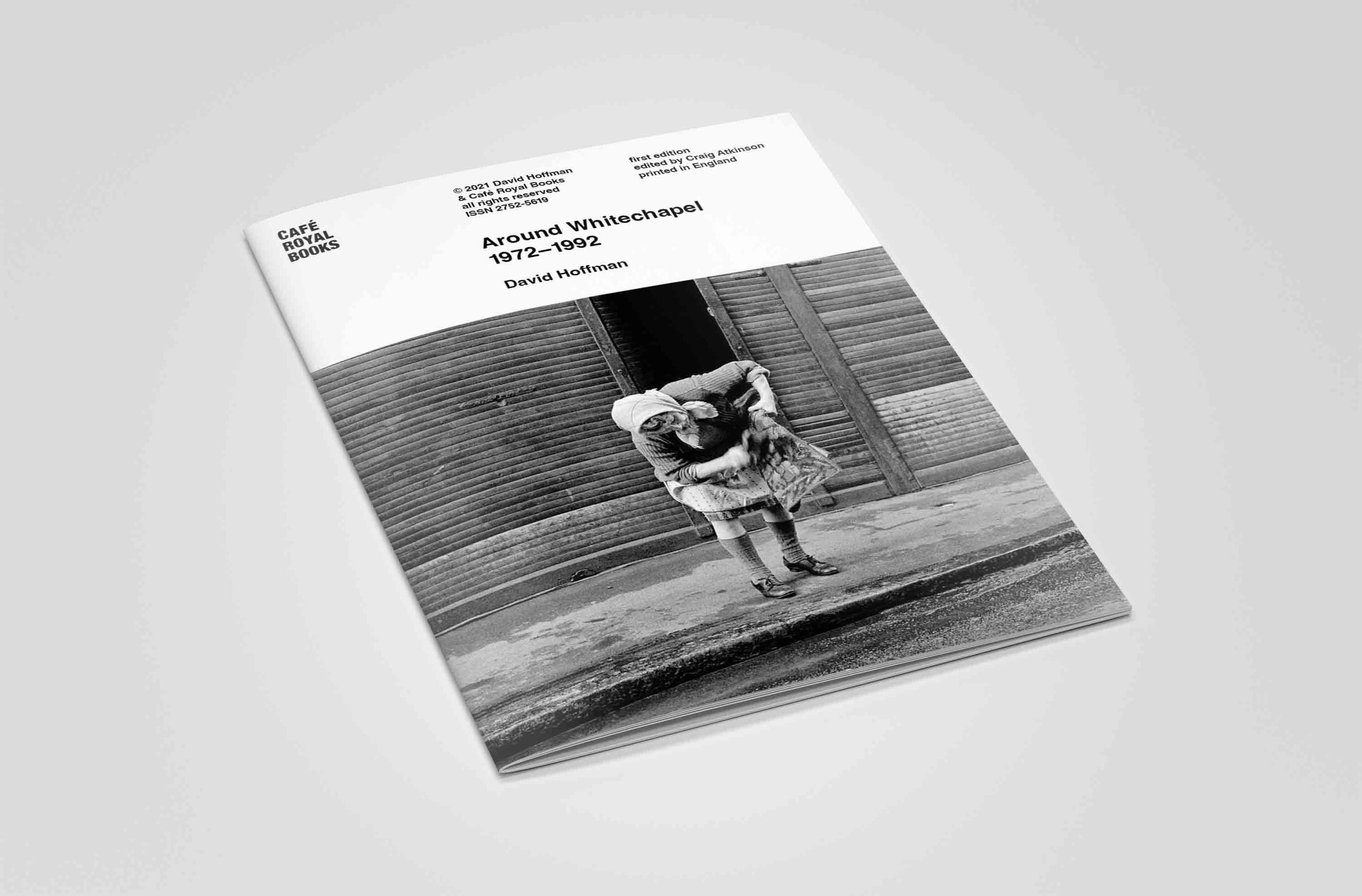 Image 13 of 14
Image 13 of 14

 Image 14 of 14
Image 14 of 14















David Hoffman — Adverse Circumstances Signed Box Set
Books are printed and slip case is hand made, in England
Box 203mm x 141mm x 26mm
Each book:
first edition
140mm x 200mm
b/w digital
Contents
Whitechapel Markets 1972–1977 — 28 pages
East End Protest 1973–1994 — 36 pages
Housing. Tower Hamlets & Hackney 1972–1993 — 36 pages
Fieldgate Mansions 1973–1985 — 36 pages
Parfett St Evictions 1973 — 36 pages
Around Whitechapel 1972–1992 — 36 pages
Signed signature slip
Parfett St Evictions 1973 was originally self-published in 1976 by David Hoffman as an edition of 50. It is considered to be the first protest photobook published in the UK.
Whitechapel Markets 1972–1977 contains one image, from c.1990
Books are printed and slip case is hand made, in England
Box 203mm x 141mm x 26mm
Each book:
first edition
140mm x 200mm
b/w digital
Contents
Whitechapel Markets 1972–1977 — 28 pages
East End Protest 1973–1994 — 36 pages
Housing. Tower Hamlets & Hackney 1972–1993 — 36 pages
Fieldgate Mansions 1973–1985 — 36 pages
Parfett St Evictions 1973 — 36 pages
Around Whitechapel 1972–1992 — 36 pages
Signed signature slip
Parfett St Evictions 1973 was originally self-published in 1976 by David Hoffman as an edition of 50. It is considered to be the first protest photobook published in the UK.
Whitechapel Markets 1972–1977 contains one image, from c.1990
Books are printed and slip case is hand made, in England
Box 203mm x 141mm x 26mm
Each book:
first edition
140mm x 200mm
b/w digital
Contents
Whitechapel Markets 1972–1977 — 28 pages
East End Protest 1973–1994 — 36 pages
Housing. Tower Hamlets & Hackney 1972–1993 — 36 pages
Fieldgate Mansions 1973–1985 — 36 pages
Parfett St Evictions 1973 — 36 pages
Around Whitechapel 1972–1992 — 36 pages
Signed signature slip
Parfett St Evictions 1973 was originally self-published in 1976 by David Hoffman as an edition of 50. It is considered to be the first protest photobook published in the UK.
Whitechapel Markets 1972–1977 contains one image, from c.1990
The East End that I found when I arrived in 1970 was a different world to today's bustling, regulated prosperity. Bombsites and tumbledown, near derelict housing were the unremarkable norm. Walking home from my truck driving job to my rented slum room in Chicksand Street I would step carefully over gutters running with blood from the Lewcopak Kosher Chicken slaughterhouse emptying its tanks at the end of each day.
Residents' main source of income had evaporated as the docks and their many supporting trades closed down. Racism festered among the older population of white workers whose community was being destroyed by a lack of jobs and resentment stoked by their crumbling council estates. The area was abandoned, poverty and hopelessness hung in the air. Empty shells of buildings sheltered the most desperate homeless, mostly alcoholics, crazed by drinking meths and surgical spirit. Violence was common.
Tumbledown, leaky old houses made for easy squats or cheap rents and began to attract impoverished students, artists, political activists and young Bangladeshi men working in the rag trade. Slowly a younger, more able population emerged and the little corner shops and cafés became busier. Life started to return to the streets.
These books document aspects of that metamorphosis, capturing the lives that set the scene for what was on the brink of becoming just another anodyne, bustling, gentrified, high value inner-city district.
David Hoffman December 13th 2021









